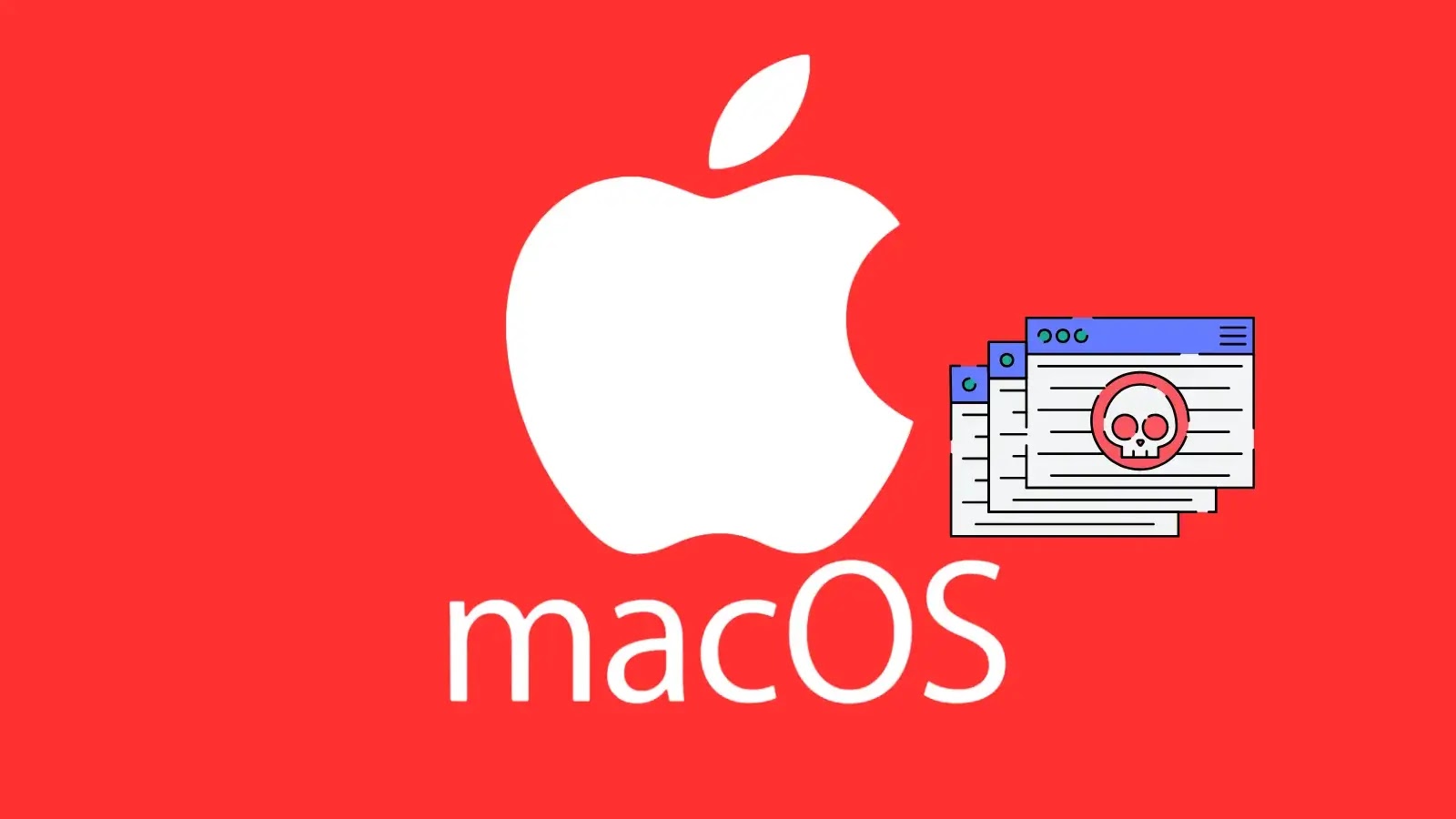Hackers Exploit macOS Security Features to Spread Malware
A growing wave of sophisticated attacks is turning macOS’s built-in security defenses into avenues for malware distribution, according to recent security research.
As macOS continues to gain market share, cybercriminals are adapting their strategies to exploit even the most robust Apple protections. Analysts warn that relying solely on native safeguards may leave organizations vulnerable to novel bypass techniques.
macOS employs a layered security model—including Keychain, Transparency, Consent and Control (TCC), System Integrity Protection (SIP), File Quarantine, Gatekeeper, XProtect and XProtect Remediator—to safeguard user data and system files.
Researchers have documented how attackers are subverting these controls with custom utilities and social engineering, effectively weaponizing Apple’s own tools.
Keychain Misuse Enables Credential Theft
Keychain, the operating system’s password manager, encrypts credentials using AES-256-GCM and enforces file access restrictions.
Yet specialized tools like “Chainbreaker” can decrypt local Keychain files if an adversary gains physical or administrative access, allowing offline extraction of passwords and certificates.
Attackers also leverage the native /usr/bin/security tool or the Keychain Access GUI to harvest secrets once a system is compromised, underscoring the need for strict local access controls and event logging.
The TCC framework prompts users for permission when applications request access to sensitive resources (camera, microphone, location, Full Disk Access).
While TCC itself enforces integrity via SIP, attackers deploy “clickjacking” overlays to trick users into granting malware elevated privileges.
By faking the appearance of legitimate permission dialogs, threat actors can stealthily obtain Full Disk Access or Accessibility rights, granting unfettered control over the host.
Introduced in macOS 10.11, SIP protects key system directories by preventing modifications from non-Apple code.

Although disabling SIP requires rebooting into Recovery Mode and executing csrutil disable, attackers with physical or root access often perform this step before security tools load.
Consequently, security teams are advised to monitor SIP status changes rather than command execution, raising alerts if protections are tampered with at boot.
File Quarantine marks downloaded files with the com.apple.quarantine attribute, triggering Gatekeeper checks that block unsigned apps.
However, downloading malware via curl or wget bypasses quarantine marking, allowing malicious binaries to run unchallenged. Adversaries also strip the quarantine flag with xattr -d com.apple.quarantine, nullifying prompts.

To evade Gatekeeper entirely, attackers may disable it via spctl ––master-disable, though users can inadvertently re-enable risky execution by right-clicking and selecting “Open,” a loophole exploited by adware such as Chropex.
Security experts emphasize that macOS’s native defenses remain highly effective when properly configured and monitored.

However, given attackers’ growing sophistication, organizations are urged to supplement them with advanced endpoint detection and response (EDR) solutions.
Continuous logging of process creation events, monitoring for misuse of security, csrutil, xattr and spctl commands, and real-time scanning for anomalous behavior can help thwart these emerging threats.
As macOS adoption increases across enterprises, maintaining a vigilant posture—combining Apple’s built-in protections with third-party threat detection—is essential to stay ahead of attackers who are increasingly targeting the platform.
Find this News Interesting! Follow us on Google News, LinkedIn, and X to Get Instant Updates!














Post Comment